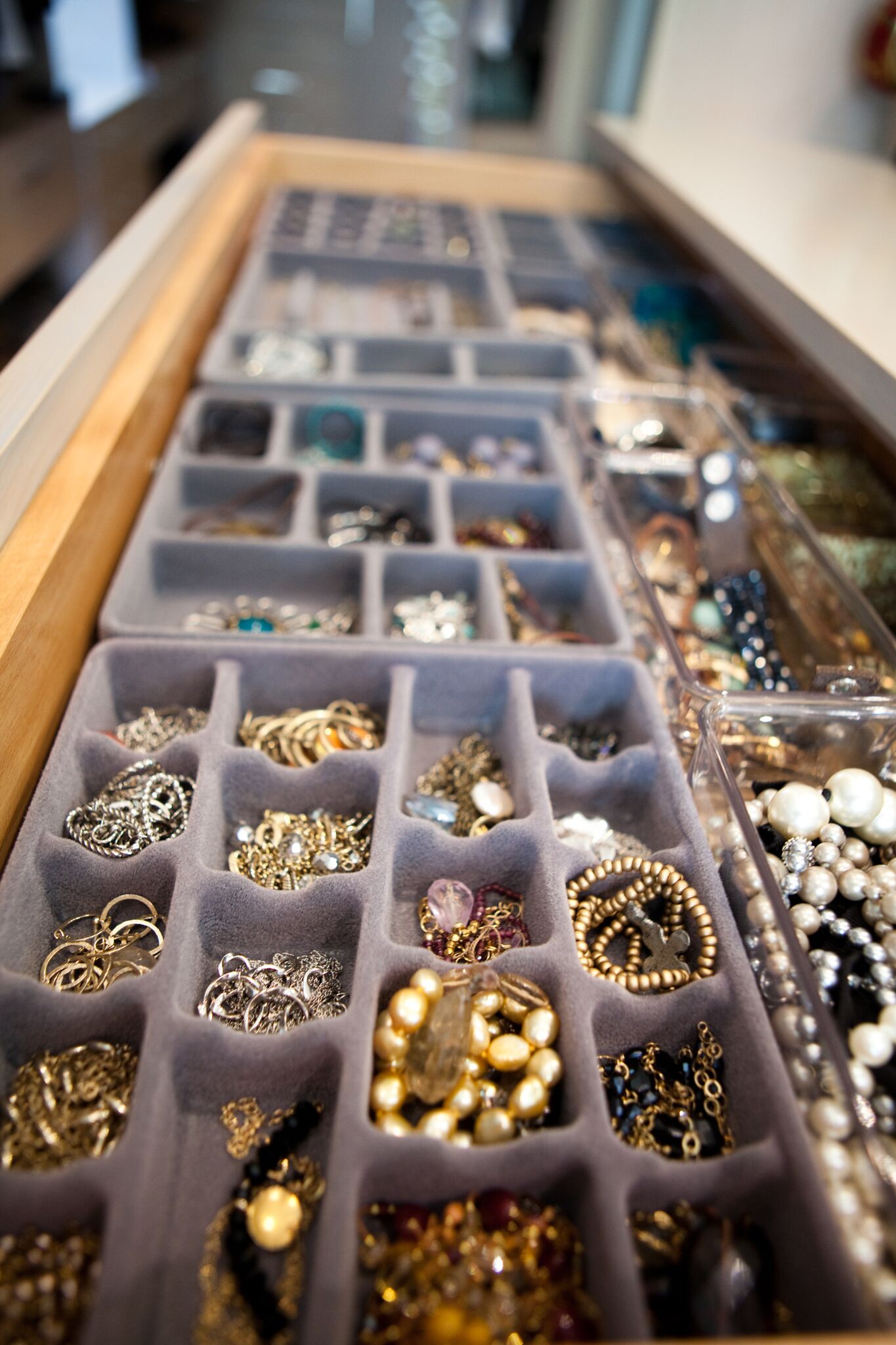Boulder Lifestyle Magazine Article by Camille Wilson
As daylight hours lengthen, birds return to chirping, and flowers fill the air with their sweet fragrance signaling renewal, new growth, and life.
Many use this season to clean the home, purging unwanted clothing and deep cleaning items not scrubbed, squeegeed or vacuumed since last year. What better time than spring to clean other aspects of your life as well? We asked local experts for advice on spring cleaning your mind, your home, and your finances.
SPRING CLEAN YOUR MIND
Yashoda Devi Ma and Victoria Larkins, Co-founders, The Subtle Mind
Through a wide spectrum of workshops and meditation options, visitors to The Subtle Mind find a holistic approach to developing mind, body, and energy in a space curated to be fresh and modern. Options include Vedic meditation courses, conscious living workshops, and events, kirtan, art and sound meditation.
Co-founders Yashoda Devi Ma and Victoria Larkins both have challenging experiences in their pasts, and, through these techniques, have found it is possible to move through any discomfort—financial, emotional or physical—that show up in life.
“When we have a clear mind, we can process life at a more optimal level allowing us to live radically alive,” says Larkins. “This is living from the heart.”
The choice to clean your headspace is a matter of priority. With 1,440 minutes in a day, finding time for just two 20-minute meditation sessions should be easy. After all, this time spent reflects on all aspects of your life, helping achieve organization, creativity, and happiness—your best self.
BEGIN WITH JUST 5 MINUTES
It is better to do something than nothing. After a week or two, slowly increase your time per session, but there is no need to exceed 20 minutes at a time.
GET COMFORTABLE
It is best to learn meditation from an expert who can show you how to sit with your back supported on a couch, bed or favorite chair. Close your eyes, tune into your breath and relax.
BE ACCEPTING
Thoughts are always a part of meditation. Know that it is part of the process, but don’t try to do anything. Practicing the act of accepting your thoughts and letting them go will translate into life, and you’ll be able to manage things that come your way better.
BE CONSISTENT
Judge your practice not by what happens while your eyes are closed, but as you navigate your days. With consistency, you’ll soon find you are more accepting, organized, focused, and happy.
SPRING CLEAN YOUR HOME
Sheryl Hadley, Organization & Relocation, Inc.
Organized physical space leads to a more focused and enjoyable lifestyle, according to Sheryl Hadley, owner of Organization & Relocation, Inc., a professional organization and moving preparation service. After 13 years in the business, Hadley has seen the astounding positive changes in a family’s or business’ happiness and efficiency after they choose to get organized.
A firm believer that beauty and efficiency are essential complements to each other, Hadley—a member of the National Association of Productivity and Organizing Professionals since 2005 and past president of the Colorado chapter for two years—says of any organization system, “If it doesn’t look good, it’s not going to function well!”
AVOID GETTING OVERWHELMED
Set aside 10 minutes to walk around with a bag collecting things for donation. Doing this weekly or monthly helps overcome the sense of not wanting to start a huge project if there isn’t time to finish. It also frees up mind space to focus on your priorities.
THINK BEFORE ADDING ANYTHING NEW
Whether it’s a pretty vase or something larger, before bringing anything new into the home, ask yourself if it is worthy of taking up physical and mental space in your life. Ask, “Do I use it, do I love it, do I appreciate it?” Skip or immediately get rid of anything that doesn’t pass this test.
IT’S OKAY TO HOLD ON
Though minimalism is trendy, sometimes there are practical reasons to hold onto things and have them take up closet space. In the case of acquired family heirlooms, the cleaning process can be emotional and take time. By establishing this as a priority, you give yourself patience and can keep items until you’re ready to make decisions.
SPRING CLEAN YOUR FINANCES
Jennifer Egbert, Jennifer Egbert Modern Luxury
Jennifer Egbert has lived in Boulder since 1992 and worked in real estate for 16 years. Specializing in Boulder’s luxury neighborhoods, she enjoys working with clients at all price points. Valued for her trustworthiness and vast local expertise, a high ratio of Egbert’s transactions are with clients on a luxury budget—her average transaction is $2.2 million—who are looking to build in Boulder, and her knack for articulating modern architecture and design concepts helps bring her clients’ visions to fruition.
Boulder has seen among the nation’s highest equity growth in the past five years at 60 percent. Egbert enjoys helping clients build wealth through adding investment properties to their financial portfolio and advises those with the means to make the numbers work to consider this worthwhile opportunity. A longtime client spent $600,000 in down payments on condos and single family homes over a period of 12 years, and those properties are now worth $3 million.
When considering real estate investments for your financial portfolio, Egbert gives these expert tips:
LOOK AT THE LONG GAME
Even with equity gains slowing compared to several years ago, Boulder is still well above average. Real estate investments are about building wealth over a decade or more.
USE A BOULDER AGENT
Boulder is a sophisticated city often underestimated by outsiders. In many ways, it also has a coffee shop, handshake feel where transactions happen off-market. Agents who live in and specialize in this market are in a much stronger position to find the best fit for you.
BE WILLING TO TAKE THE PLUNGE
Those who understand lower capitalization rates and high equity gain currently happening in Boulder will win. After researching numbers to make sure you can afford it, if your trusted real estate professional likes the deal you’ve negotiated together, be willing to go for it.



























